Patterns and designs in nature - Leaves

If you lay in the grass and take the time to look around you for just a few minutes, you may begin to notice the variety of patterns surrounding you. When I say "look", what I actually mean to say is OBSERVE - it takes a slight adjustment from our overstimulated minds, to train our eyes to contemplate again.
Notice the patterns in the clouds? The textures on a tree bark? The designs on the petals of a flower or the body of an insect?
Have you ever noticed how a 2 or 3 year old can spend hours following the trail of a tiny ant or spend an incredibly strange amount of time captivated by the shape and texture of a rock or the ripples on the surface of the water? As though their brand new eyes onto the world had just discovered some kind of secret only they can understand...
Well, let's try and go back to these days where we all once were.
Come, take a closer look...
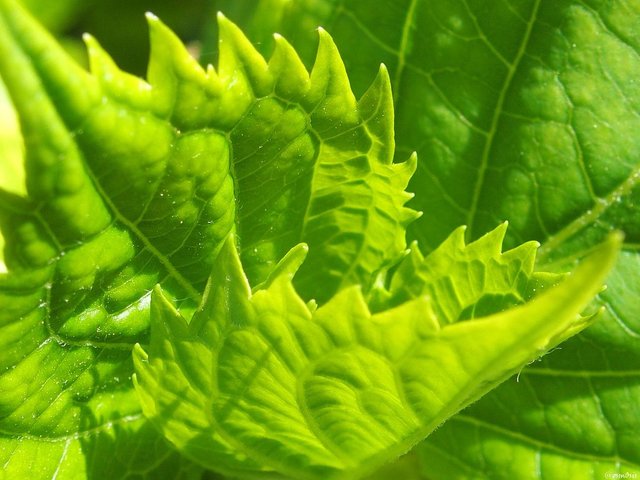
As I observe nature's designs, I cannot help but be amazed at its creativity and wonder if the patterns I see serve a form of adaptive purpose.
When Charles Darwin first proposed the theory of evolution by natural selection in 1859, it encouraged science enthusiasts to find reasons for the natural patterns seen in all animals living on the land, in the air, and at sea.
Here is a collection of photos I took to demonstrate how, much like in the animal kingdom, a multitude of plants follow simple recursive formulas to generate their branching shapes and leaf patterns.
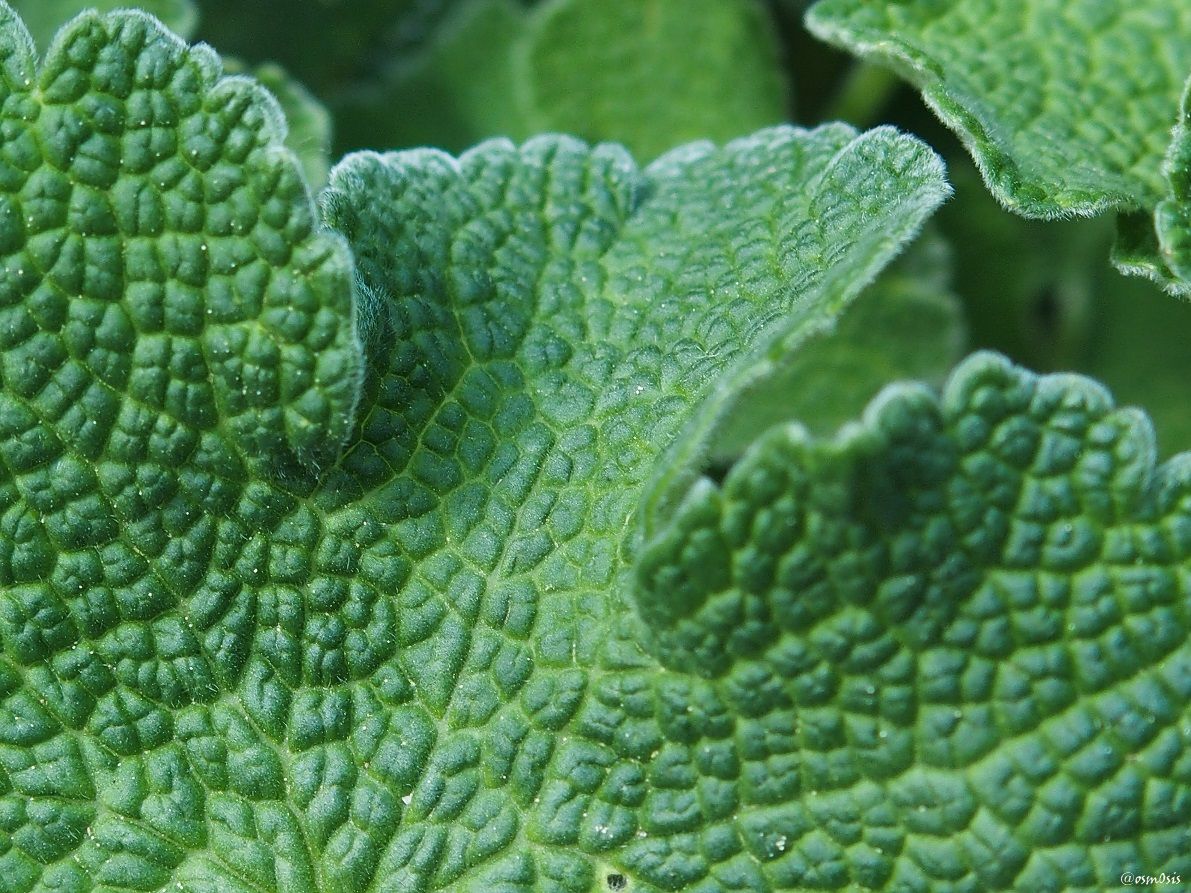

Observe the textures of the leaves' surface. The more you look, the more you will notice the variations in each plant - some are bumpy, some leathery, others are hairy, or smooth and shiny (dirty minds out of the gutter, i see you smirking)
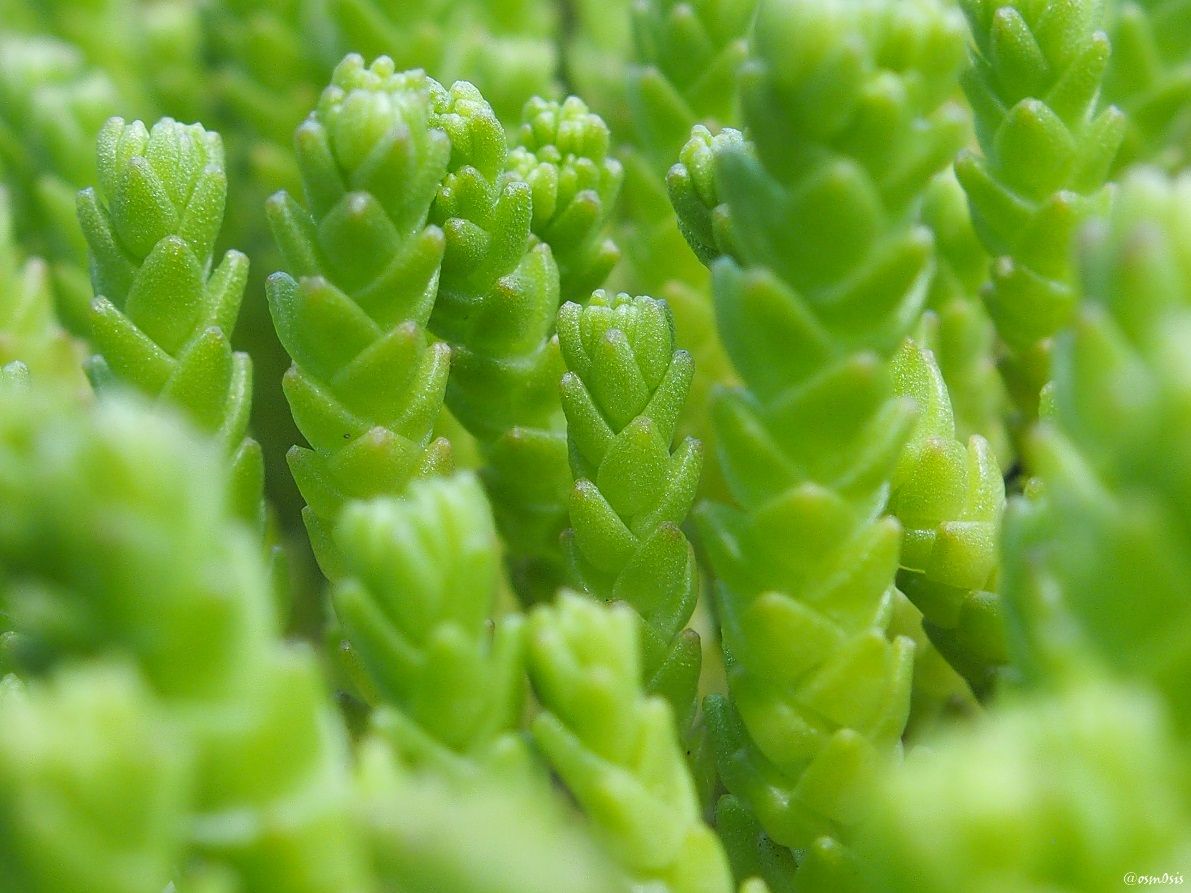
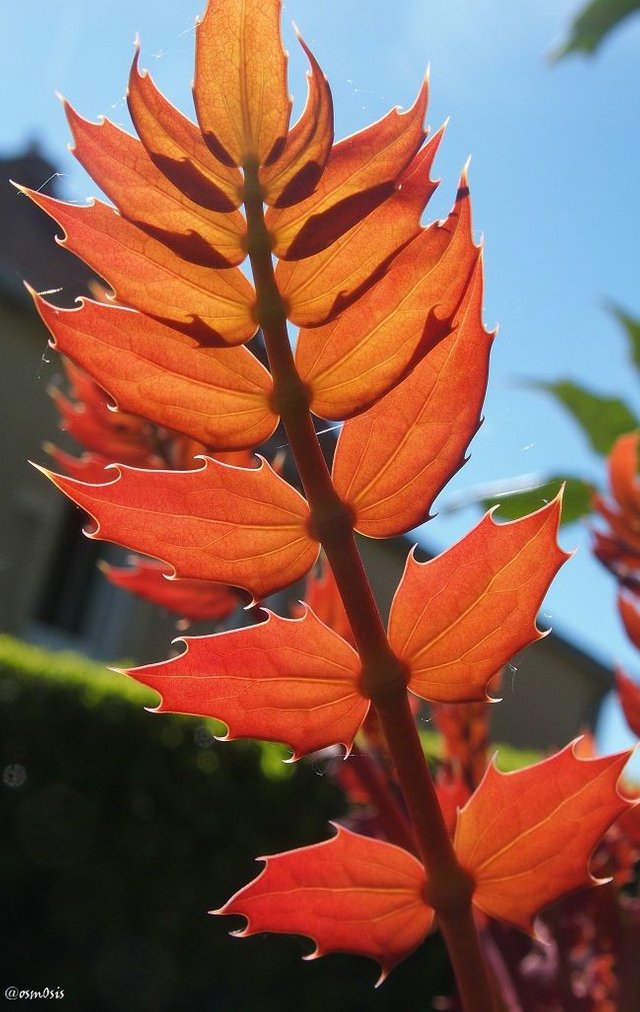
The shape of a leaf is a direct response to the tree species' long term ecological and evolutionary growth.
Have you ever wondered why plants in tropical countries often have huge leaves? - the excessive rainfalls allow them to grow substantially. Whereas a pine needle (yes, another kind of leaf) is designed to retain moisture and reject extreme cold.
What do you think these red leaves with claw-like edges have had to adapt to?
Do you see how the leaf's shape, texture and pattern can tell us a lot about its environment?
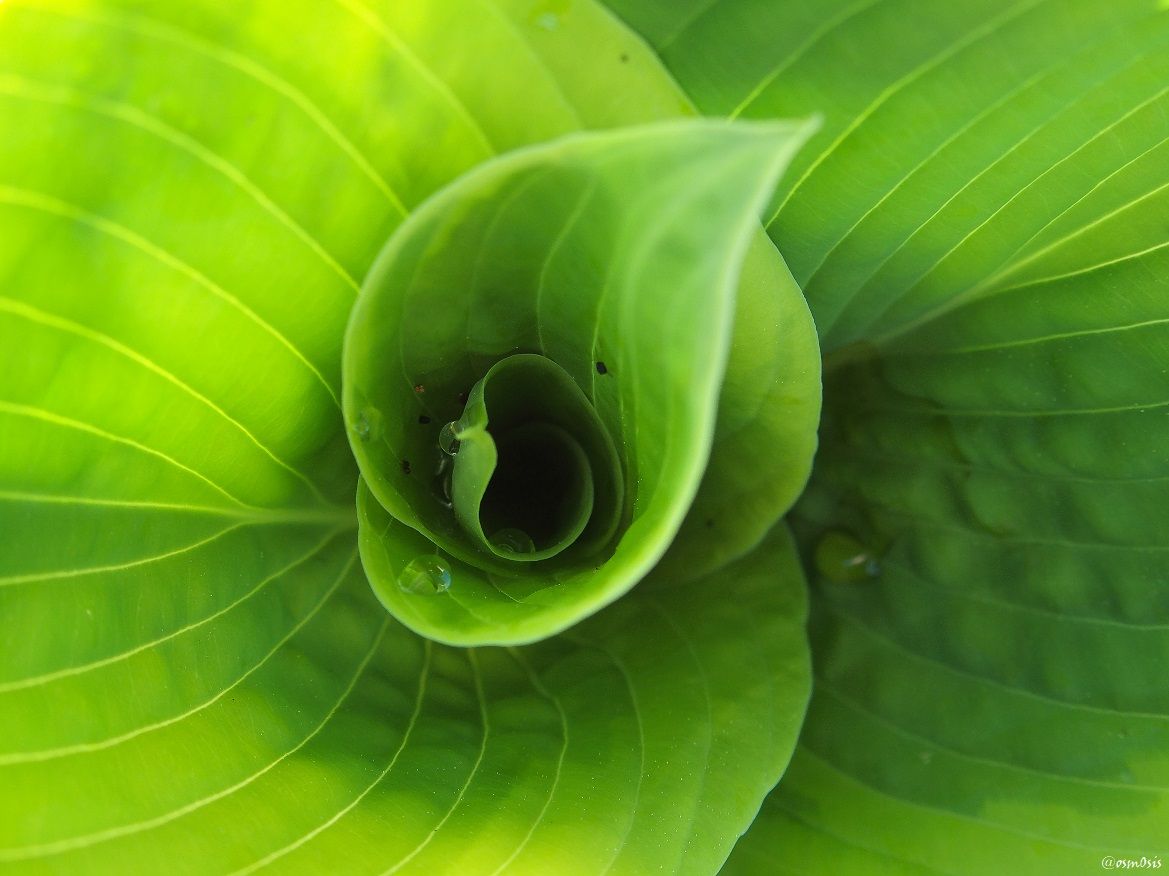
I couldn't possibly talk to you about patterns and designs in nature without mentioning the Fibonacci Sequence, also known as the Divine Proportion or Golden Number.
As a lot of you already know, it was considered by the Greeks to be the most beautifully proportioned ratio, originating in a place which couldn't be more logical: nature.
The concept is easy:
Each subsequent number in the sequence is determined by the sum of the two preceding numbers: 1, 1, 2, 3, 5, 8, 13, etc. A visual translation of this sequence results in the golden ratio, illustrated below, providing an iconic spiral you might recognize from the plant above for example.
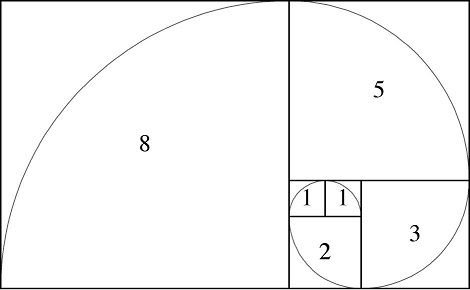
The sequence is found everywhere in nature, from microscopic organisms to beehives or seashells.
These organisms are not aware of the sequence and don’t purposely arrange themselves to follow the numbers. Rather, they grow in the most efficient way possible because it provides advantages for them to live more efficiently while consuming less energy.
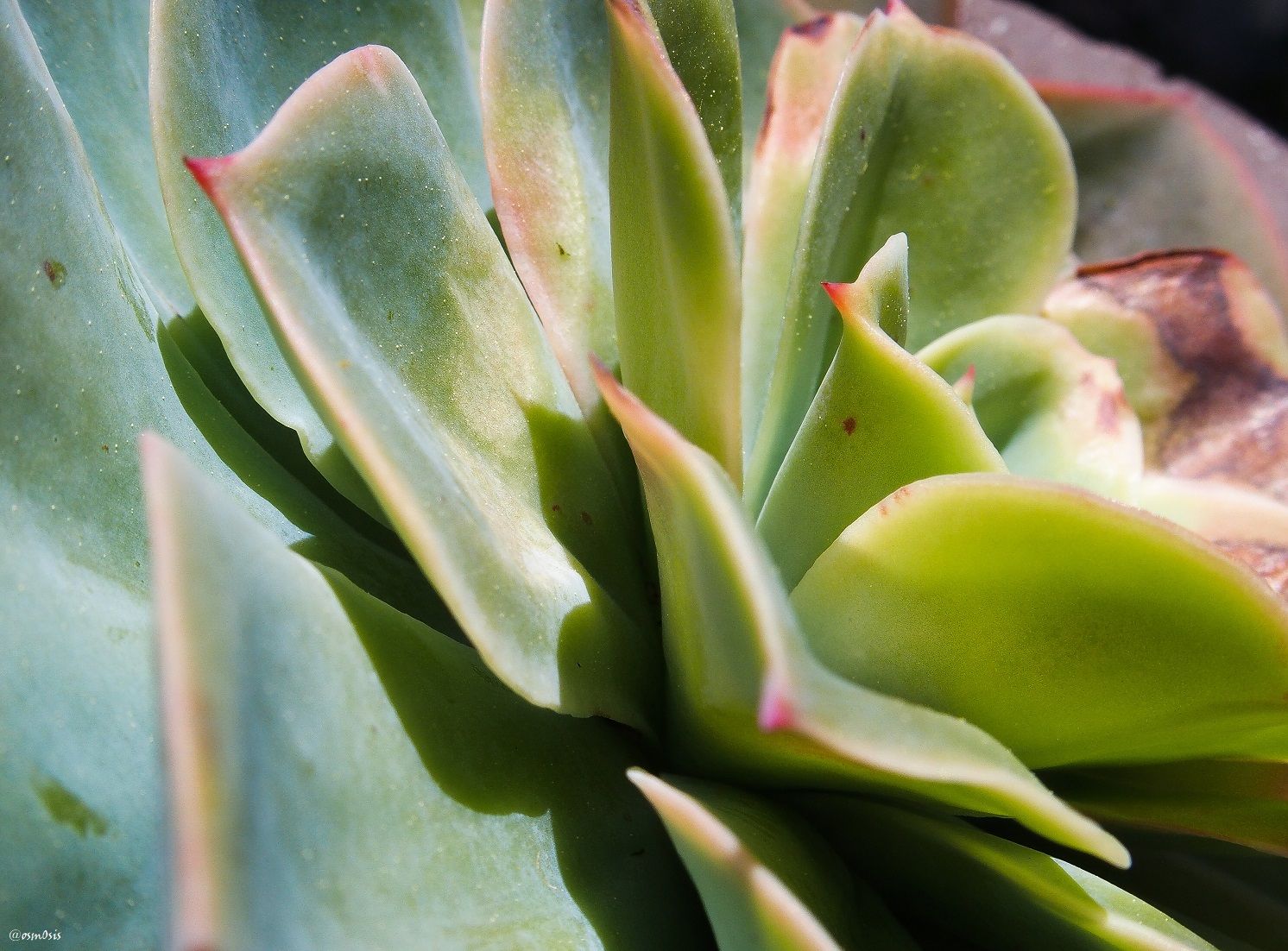
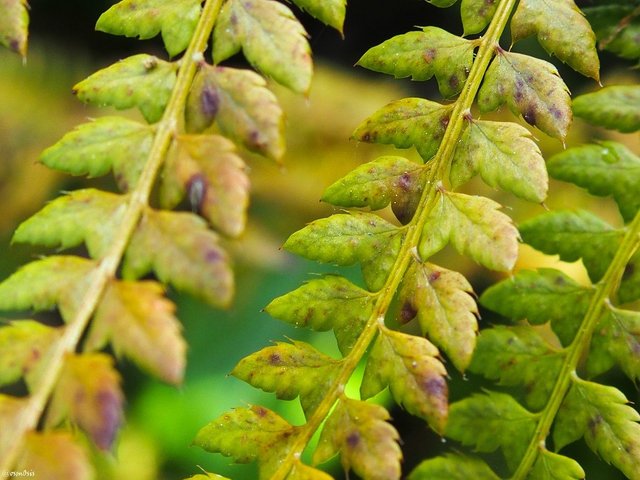

The patterns of repetition are bound to surprise you.
Look out for symmetry, fractals, spirals, straight and curved lines, circular forms, tessellations, stripes...
The more you focus on a particular pattern, the more other nearby patterns will appear - patterns within patterns. It can get a little trippy at times!
“It’s when you see several of them side by side in glorious detail that you start to get a sense of how nature takes a theme and runs with it” - Philippe Ball, English scientist

Sometimes I wonder if any of their designs are ever created only for aesthetic purposes... must each and every detail of the leaf solely serve a purpose of survival? What happens when it has fully reached its adaptation requirements... does it chill for a while?!


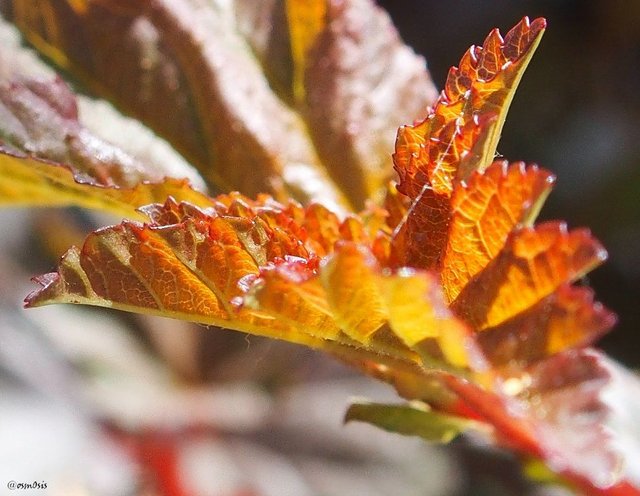
The veins help to provide structure for the leaf, acting as a sort of skeleton.
Leaf patterns can be as complex as a spiderweb or as simple as a straight line, as seen both above and below.
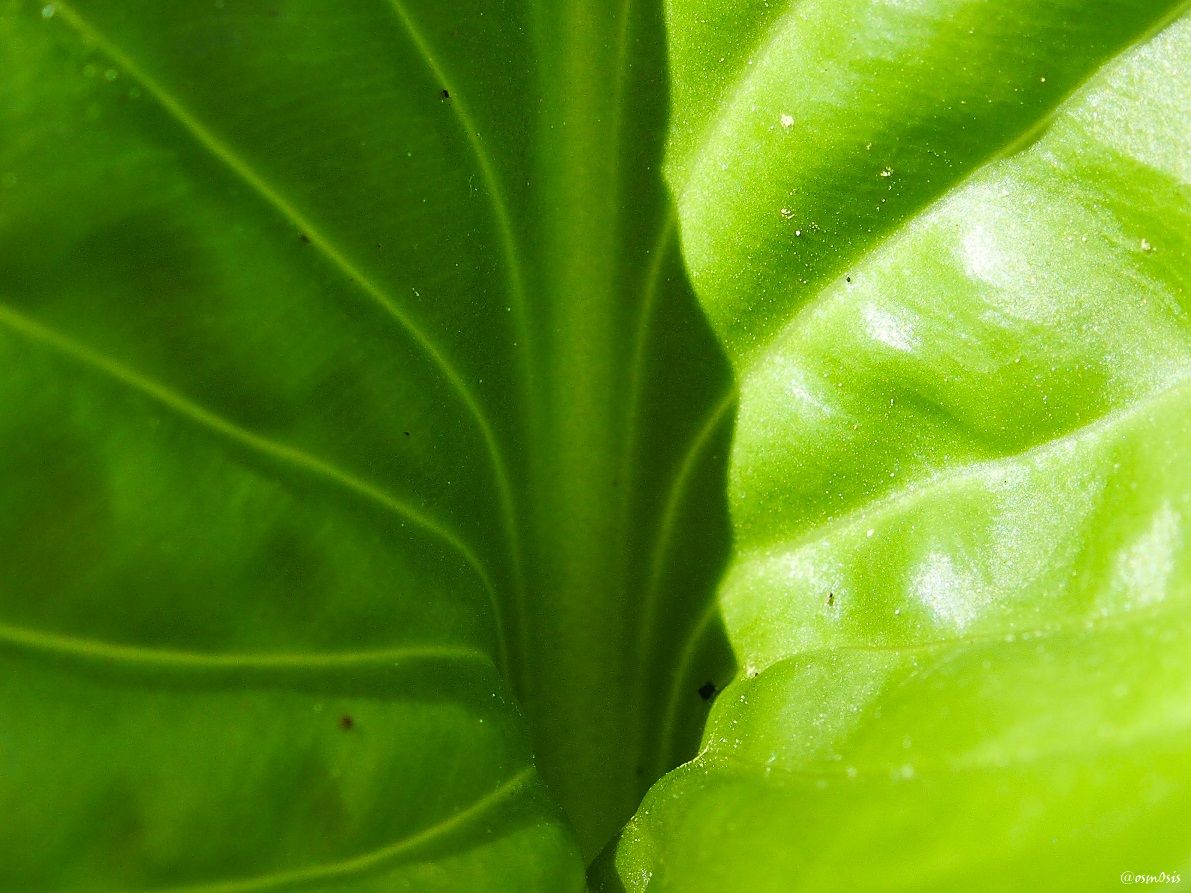
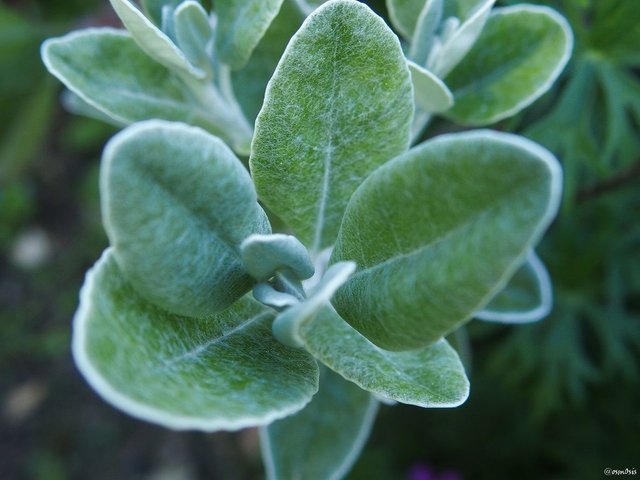
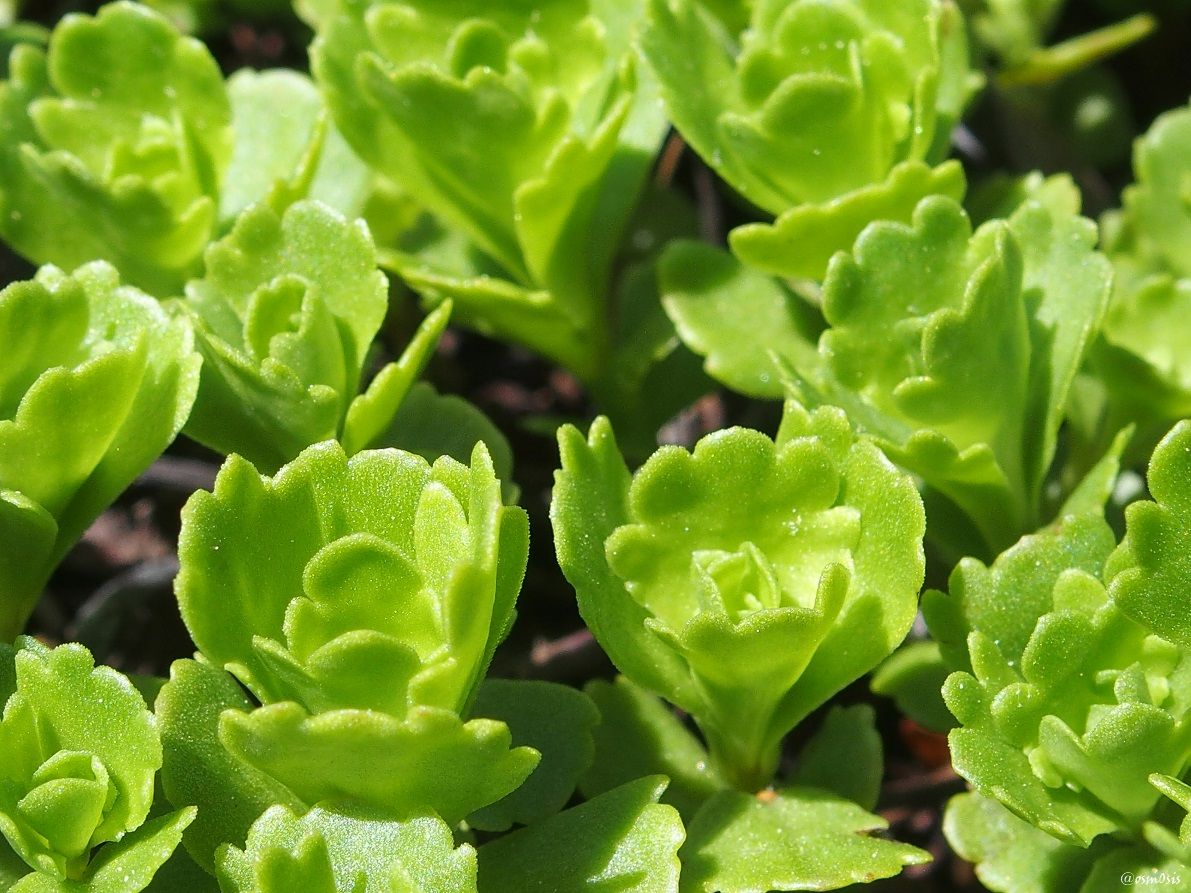
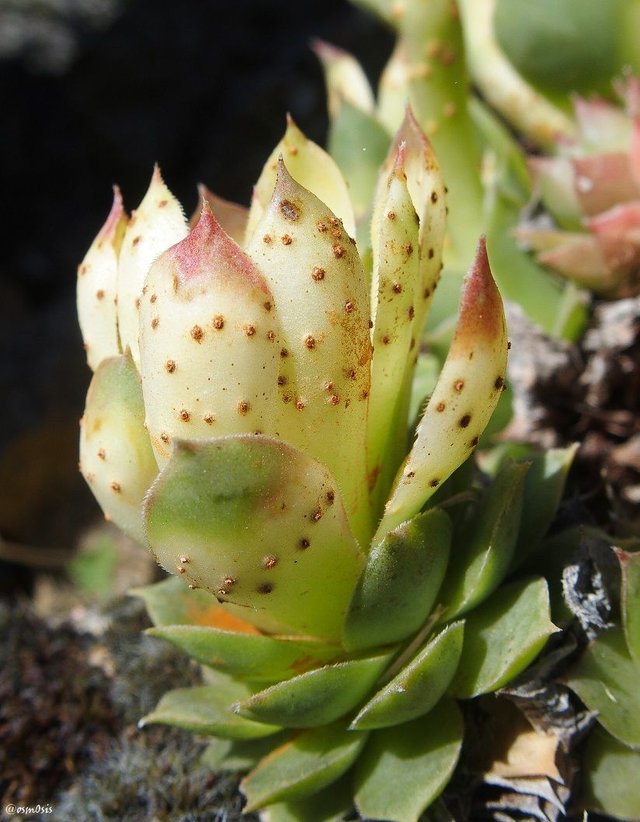
From a purely aesthetic standpoint to the copying of its ingenious designs for functional purposes, nature has long been and still is one of the greatest source of inspiration in architecture.
Biomorphism is the incorporation of natural existing elements as inspiration in design, and originated possibly with the beginning of man-made environments.
In more recent years, Biomimetic architecture has made its appearance. The idea is to take a closer look to the natural world for construction lessons and make buildings using resources available.
“Nature is always fighting to use limited resource most effectively to exist with, and we are entering that era ourselves. We have to make buildings that do more, using less…" - Dr Rupert Soar
If you're interested in learning more about how patterns and designs in nature have influenced architecture, check out this website of some of our most iconic buildings.
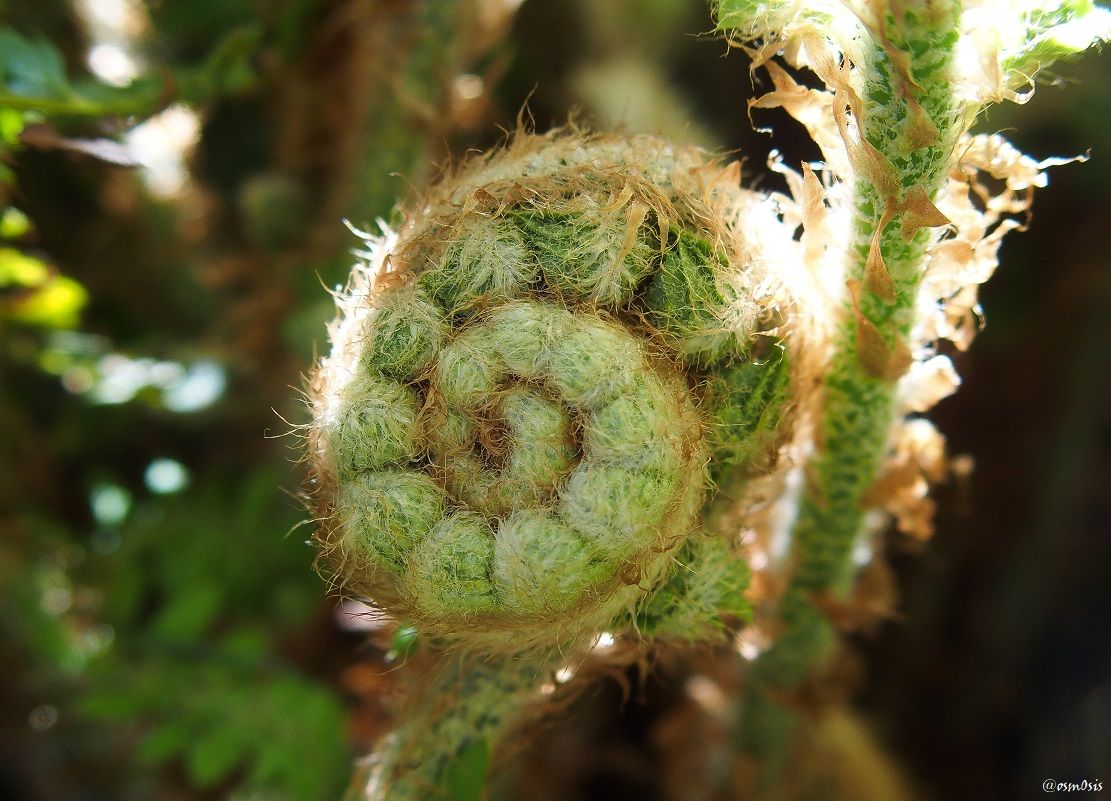
I believe ferns are one of the oldest species of plants on Earth. When you are looking at a fern, you are looking at a plant which existed on the same grounds you walk upon hundreds of millions of years ago - dinosaurs would have seen a fern not too different than the ones we see today.
Much like the fern, the spiral or coil shape has been used as an artistic symbol throughout various civilizations. In Maori art, it symbolizes new life, growth, strength and peace.
I've always loved drawing swirls and its equivalent in French, "Tourbillon", is one of my favorite words (as much for its meaning as how funny it sounds when spoken), but now that I know the Maori definition, I'm definitely getting a tattoo. Just kidding I'm too old for that sh**.
That's all for today. I hope you enjoyed seeing nature from a slightly different perspective, and that with the arrival of warmer days, you'll remember to take some time away from your screens to enjoy the intricacies of Mother Nature.
Next up, patterns and designs in flowers. WOOHOO!

“Learning is not a race for information, it is a walk of discovery” - Jane Healy
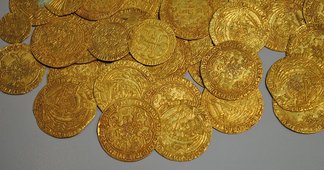
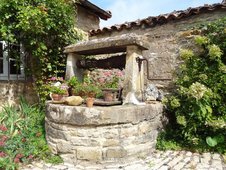.jpg)
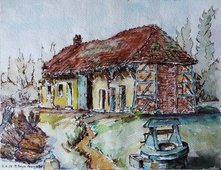_edited.jpg)
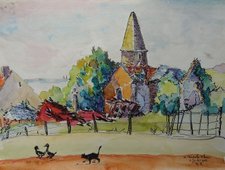
Even nature follows mathematical equations and scientific formulas. And it does so because it's efficient. This is very nicely written and formatted. Really good.
Now, if we could only get us humans to be a little more orderly, right?
Well, maybe to a degree. I'm sure there's biological parts of us that follow some pattern natural to each of us, but our minds and emotions and personalities tend towards some form of uniqueness. Even so, I'm amazed when someone comes up to me and says they've met my twin or that I remind them of so and so. I've yet to meet any of these people to see whether or not they actually act or look like me, but I prefer to think it's not possible. How else will I be one of a kind? :)
That is one rabbit hole that is not always fun to jump down but is at least interesting. We often think we are all so unique and “original” when that is just not the case most of the time. This can often be seen when someone ask their personal assist from there phone or other services a question and it comes back with an answer that had been ask so many times a human was put in charge of creating something witty and cleaver as a reply.
Even what appear to be nonpatterns create patterns themselves by trying to avoid doing just that. I wish humans where far less mathematical then they already are. The Birthday problem in probability theory is quite interesting. It’s been something I’ve not had the time to properly understand for a while now due to many restraints in my own time. It is quite interesting really then when yes you do find more or less clones of yourself expect maybe you grew up in a different town, different country, had a different upbringing. That plays in some factor that make you different from another.
I’ve seen a couple of people who appear very similar to me. Two of them even had the same name and one of them even was very successful in the field I wanted to get into. Granted I have a very wide range of interests so that not really shocking.
DNA itself while we like to think it’s some complex highly variable thing. Once you start looking into it and realize just how constraint it has become over humans exists and just how much of it died off during the first few decades it is alarming. Even more so when they start connecting the dots and can relate large numbers of people together due to someone like Genghis Khan. It than is not that shocking someone we come into contact with has run into someone slimier as ourselves. Earth is after all a very small speck of dust!
Oh, I suppose my doppelgangers in looks and in personality are out there, I've just never met them. And the one or two times where I reminded a person of someone else, it was maybe in one mannerism, or because I liked to write. Well, that's a pretty broad stroke right there!
It's true though, as more and more people mix with others, there's bound to be less and less uniqueness just because at some point, you do manage to hit all of the different various combinations. There's an amazing amount of variations, however, and even though two people may look the same, doesn't mean they think or act the same, or want the same things.
If you go back far enough, you will find common ancestors for whole swaths of people. Especially if there were plagues or wars or famines or natural disasters. The strongest, and probably the luckiest, and along with the divinely preserved tend to survive. All kinds of things narrow down the field, as you said. The human version of natural selection.
Still, I don't think you can say any two human beings are exactly alike. They can be incredibly close, but there will always be something that distinguishes them.
A glitch in the matrix perhaps?
I haven't found my doppelganger yet, but I'm not so sure I want to...
Well, especially if they were exactly like me. That would be really spooky. How would I react to that? Would I even like them? I mean, I think I like myself enough, and I think I've found that nice middle ground between narcissism and self-loathing, but if someone showed up just like me in every way? I don't like it when other people try to finish my sentences. Of course, if they were getting it right all the time... :)
"... then I'd have a blast." (did I just doppelgang the end of your sentence?)
I feel like I've seen a movie on that exact subject. Actually, there are probably tons of movies like that. They're usually thrillers, and involve a lot of mirrors...
Or Sci-Fi, and involve a lot of clones, or shapeshifters, neither of which bode well for the original. Yeah, so I think I'm okay without there being an exact duplicate of me. Life has a way of becoming stranger than fiction, and I don't want any situations where I can't possibly dream up the twists. :)
It really is crazy just how prevalent in our lives the Fibonacci Sequence is. I remember back when I was learning about it back when I was taking precalculus oh so many years ago. While it was cool seeing it in examples of plant life I had more interest in it relating to stocks, financial numbers, and just an odd place it seems to pop up in. It really seems to be some universe number and I can’t wait for to see where else that number pops up in.
In stocks and financial numbers??? Really? I'd love to know how the sequence pops up in those areas..
It is quite fascinating, and even more so when we discover it is everywhere in front of us.
In stocks it is Fibonacci Retracement. You have binary strings in things like computer science which is relative to Fibonacci numbers in some correlations. It can be seen within economic growth models. It is interesting how often people find it.
In things like stocks it is always a question of since it has happened naturally in the past is it still occurring naturally or has it turned into a self-fulfilling prophecy because everyone is looking for it and they just make it happen.
I’m not the most knowable person when it comes to it. It can be quest interesting to look into though.
HA! The self-fulfilling prophecy theory.. my favourite.
Very interesting topic though. Definitely worth some further research. You've raised my curiosity, I'm off to look it up a bit more. Cheers @enjar!
I love nature and texture so this post drew me in straight away. In all honesty I was hoping it was still under $10 so I could send to curie. Thanks for the eye opening post. Ill pay a little more attention this morning on my walk home.
Haha thanks for looking out @insideoutlet.
I haven't posted in a while and am a @sndbox member so curie submissions would definitely be a little risky I think. But it's a lovely compliment nevertheless 😊
This is going to sound unbelievably naive of me but what is @sndbox. There is so many different groups to get your head around and not enough time for them all. 😕
No worries :)
In a nutshell, sndbox is a community of creative and entrepreneurial steemians who are part of an incubator which helps provide rewards and support to all its members.
One of the top 5 best projects on the blockchain IMO. Here is a link to their feed:
Awesome, I've given them a follow so I'm sure I'll learn more about them soon. Thanks for taking the time to respond.
Beautiful photographs @osm0sis. One of the things I love about Steemit is how it has made attend to details when I'm out and about that I never noticed before. 😊
I completely agree with you Gillian.
Have you seen some of the macro photography that's out here? It's mind blowing at times, and so inspiring.
Yes. @osm0sis. Macro photography is one of the things I'm not really able to do with my phone. I keep meaning to look into a lens for it although they don't have that good reviews.
Macro photography and depth of field shots are the things I really miss, only having a phone. Oh yes, and long exposure but I don't find myself thinking about that anywhere near as often as the other two.
Have you seen @adrianobalan's macro shots? The are literally jaw dropping! 😊
Oh wow thank you so much for mentioning him. Following him now :)
I think a few of the newer cell phones have excellent macro features. Very practical to have that on a phone as you aren't always walking around with a DSLR, ready to catch tiny insects and cool patterns. Cell phones will easily do the trick, but some of the latest ones are so pricey...
My phone is pretty average @osm0sis but it does well enough in a lot of situations. I've won some contests here with it for example.
I like being able to point and shoot and can't imagine carting a decent camera with me much. I might look into getting one that's somewhere in the middle but, for now, I'm OK with the phone.
I'm glad to recommend @adrianobalan. There are a lot of great photographers on Steemit but his stuff is truly exceptional.
Another one I like is @otage, not so much for his photography which is usually good, but for his creativity which is often exceptional. He just seems to have an eye for seeing quite common things in a different way! 😊
Creativity in photography you say? My kind of guy 😉
Following him too. Thanks for the extra sources of inspiration.
ah i loved this post. all of the aesthetic texture and highlighting differences. as for your question:
yes i think they do just chill there in the forest, next to the stream... maybe put on some eyeliner, try out a new hat or pair of gloves in the case of winter leaves... haha
but in all honesty, that's a really cool question. i was thinking the other day about plants responding and adapting to their environment and how that changes their chemical constituents (which then creates different herbal medicines for us) ... to think, too, of its physical representation (aesthetically) also being so catered to its environment is sooo interesting and a subject of study for many lifetimes! cacti come to mind and their harsh spines juxtaposed with their most beautiful of flowers that come out ever so often...
source
Great example with cacti.
The flower itself has its reproduction purpose, but is there a reason for the color pink? Some grow blue flowers, others white... is that due to climate? certain insects/predators?
I could spend hours staring at these things trying to figure out the purpose of the purpose of the purpose of each feature. I'm sure you guys too 😊
Thanks for your lovely comment.
So glad to see you're posting again, I've missed your perspective and photos! And these patterns in nature, the golden mean, the way the micro and macro levels of life mirror each other is all orgasmic to me....just love it. Thank you for a feast for my eyes and food for my soul
😊😊😊
To be honest with you Ruth, I've really enjoyed putting this one together (maybe more so than others), so it makes me super happy to see you write that.
Do you ever use the Fibonacci sequence in your ceramics and mosaics? Thinking back of all your pieces, you must be greatly inspired by nature and its patterns...
I really enjoyed seeing nature from a slightly different perspective. Your photos are great and I have never observed leaves and plants so close.
I will pay more attention this summer. Thanks!
Glad you enjoyed it @clio 😊.
I'm sure your garden and surroundings in France will have hundreds of plants to study this summer.
Yes, I am also sure of that.
So many wonderful things to comment about in this piece.
Firstly, I think I must have never lost my 'childlike' look at life. I know I often can spend hours watching my chickens or playing with plants. I have always felt the need to get to that part of the day that is just the down time of contemplation. It is such an important part of my day that I make it a structured part on my to do list -time to sit and veg.
Plants! I love plants and green and growing things. This time of year, one of my favourites, I have my windowsills filled with growing things waiting for their time outdoors. Watching them from a tiny seed in soil placed in the cold dark of fading Winter, it always seems like they won't do anything. How can this tiny thing become a 6 foot tomato plant in Summer and give me food? But they always do and it ALWAYS excites and amazes me each time.
Ferns and Succulents are my two favourites! In fact, I just splurged and added three new variety of succulents to my collection yesterday as I will plant up pots to keep out in the sunny hot dry terrace at our house here. Many things find it hard to exist in the salty wind of our place but succulents love it.
And Ferns! I love them and the curl of the fiddleheads (which you can eat of course) are as exciting to me in Spring as is the first buds of the forsythia bushes. The front side of our house is in shade and so I have ferns and hostas there. I even have a little cottage I made over that I rent out in the summer and it is called Fern cottage, as it is also in the shade and I always try to add more ferns to its little border each Spring.
And the Fibonacci sequence is also so relevant in art. It can often be used to create the perfect composition in a painting, as it does seem to be a map to the view of perfection in our world.
I sometimes seem to lose someone on Steemit for a bit, and I don't know if you haven't posted in a bit or if I just forgot to check in, but so glad I did today! And happy you are using your little photo divider :)
Thank you for taking the time to share your experience Donna.
Yes, I haven't posted for a while... actually, nothing related to photography which is why I took so long to use your divider (one of the reasons which boosted me to start posting again).
I love that you allocate a "contemplation time" in your daily schedule. We so easily forget to observe, yet it is so important to keep connecting with the world around us.
Those fiddleheads are some of the fastest growing plants I've ever seen! It's almost like they unravel right before our eyes. I'd love to have a tripod, get the DSLR, and set it so it takes a photo every minute for an hour. The result would be so fun to watch :)
Such a well written post. The images, descriptions, all of it was very refreshing.
Thanks @dandays
Really very interesting postings my friend dear @osm0sis. We become so know the patterns of nature that comes from the leaves. I feel honored to be able to read this post.
Thank you mister 😊